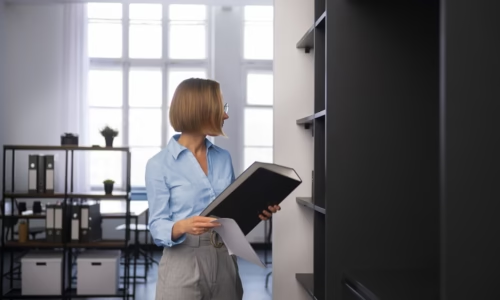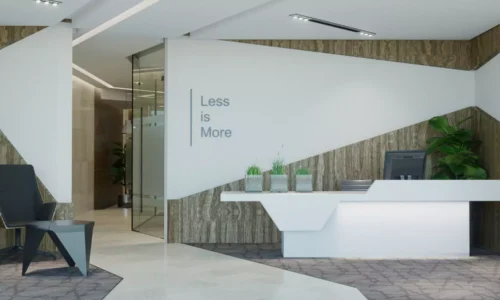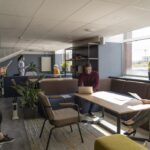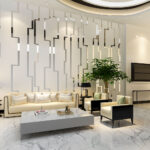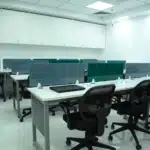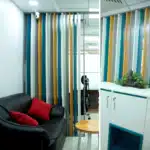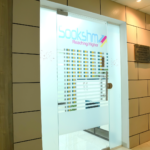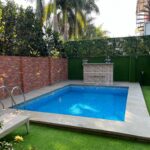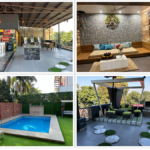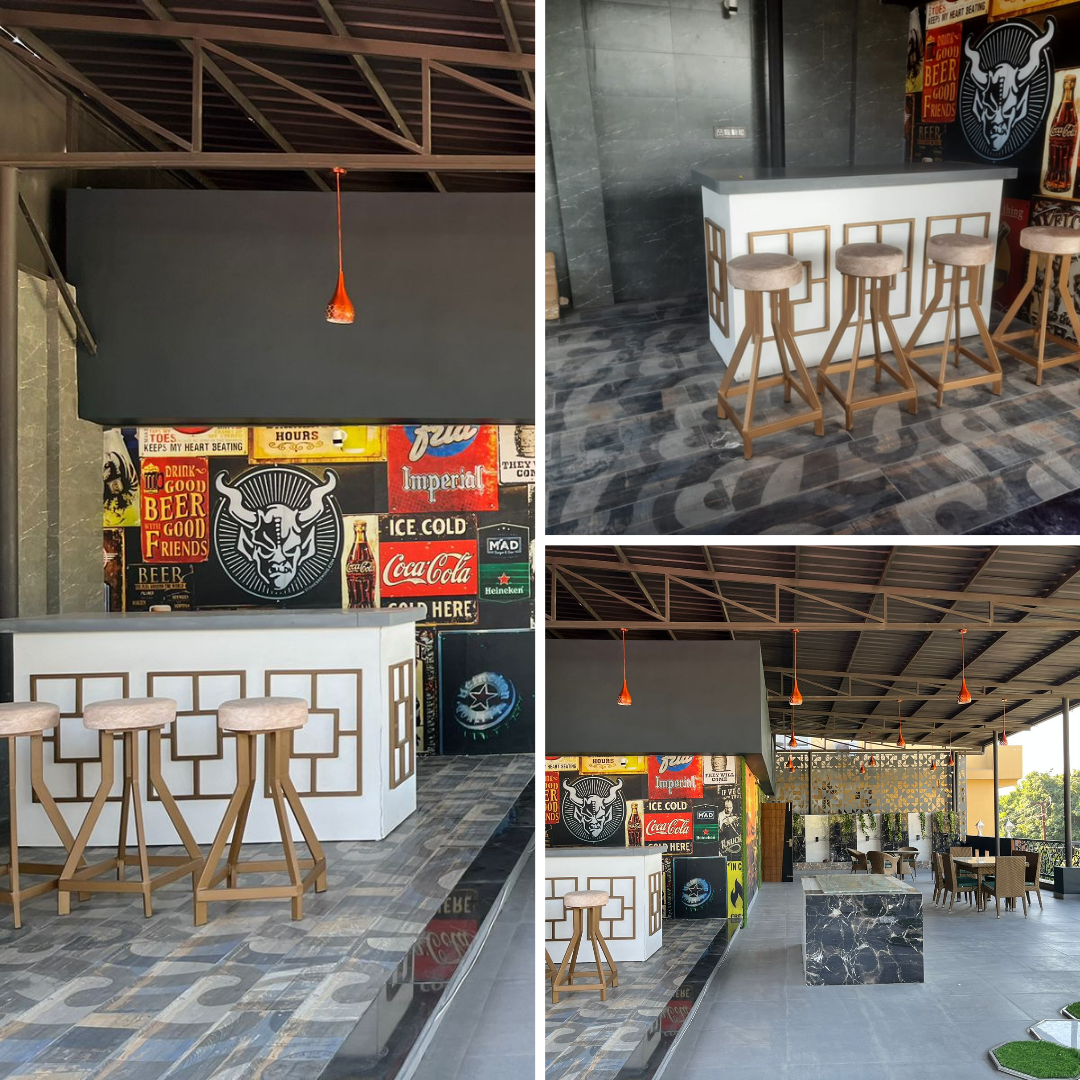Employee happiness is one of the most important factors for business success. Happy employees are more productive, more creative, and more loyal to the company. But keeping employees motivated is not only about salary or perks. The design of a workplace plays a powerful role in shaping how people feel and perform. The way an office looks, feels, and functions can either inspire workers or create stress. This blog explains how workplace design cues can improve employee morale and happiness.
What Are Design Cues in the Workplace?
Design cues are signals or features in the physical environment that affect how people think and behave. In the workplace, these cues come from things like lighting, furniture, layout, colors, and even temperature. For example, a brightly lit room with plants gives a different feeling than a dark and cluttered space. These small details guide emotions, energy, and even focus levels.
When companies plan their office design carefully, they can encourage positivity and reduce stress. The right design cues make employees feel comfortable, valued, and supported. Over time, this leads to higher morale, better teamwork, and increased productivity.
Why Employee Morale and Happiness Matter
Employee morale is the overall attitude, satisfaction, and outlook of employees in the workplace. Happiness goes beyond just doing tasks — it is about how much employees enjoy being at work. When morale is high, employees feel motivated and want to contribute more.
On the other hand, poor morale leads to high turnover, lack of engagement, and low performance. According to research, companies with happy employees often outperform competitors because they benefit from greater efficiency and creativity. Engagement is directly linked to employee well-being and the workplace environment.
This is why organizations are now paying attention to workplace design. It is not only about having desks and chairs; it is about creating an environment where people thrive.
Key Design Cues That Boost Morale and Happiness
Below are some of the most effective design cues companies can use to create a positive workplace atmosphere.
1. Natural Light and Bright Spaces
Light is one of the strongest design cues. Natural sunlight improves mood, reduces stress, and increases alertness. Studies show that employees working in offices with more daylight feel healthier and sleep better at night.
Companies should maximize windows, skylights, and open blinds. If natural light is limited, bright LED lighting with a natural tone is a good option. Bright spaces make employees feel energized and focused, while dark areas often lead to fatigue and lower morale.
2. Colors That Inspire Positivity
Colors have a direct effect on emotions. For example:
| Color | Effect on Mood | Best Used For |
|---|---|---|
| Blue | Calmness and focus | Workstations, meeting rooms |
| Green | Balance and relaxation | Break rooms, open spaces |
| Yellow | Energy and creativity | Creative departments, brainstorming areas |
| Red | Urgency and excitement | Activity zones, gyms |
| White | Clean and open feeling | Reception areas, hallways |
Using the right colors in the right areas creates an atmosphere that boosts happiness and productivity. Too much of one color can overwhelm, so balance is important.
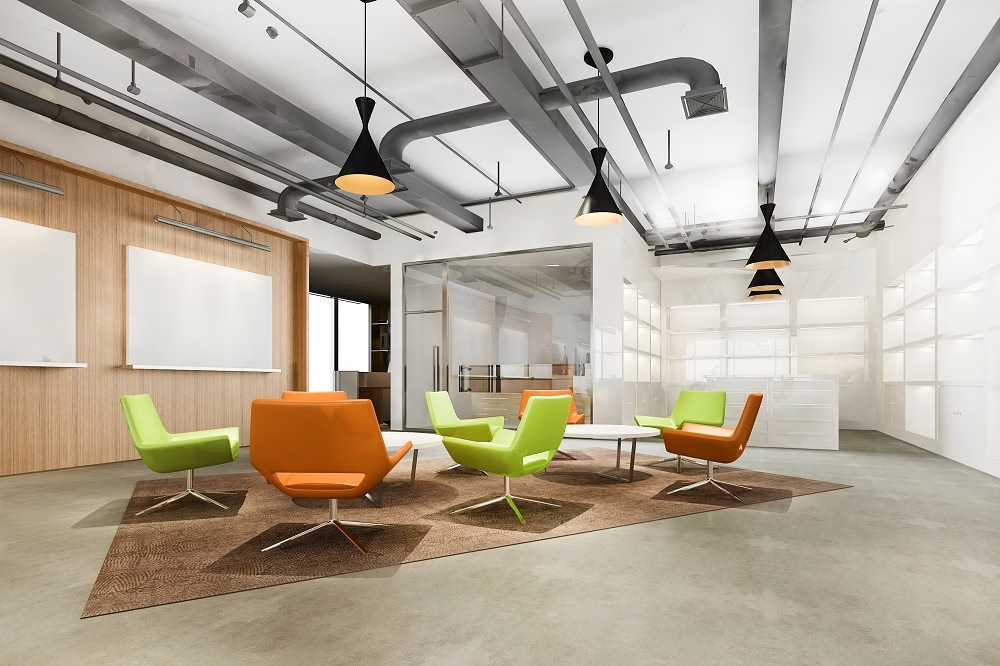
3. Comfortable and Ergonomic Furniture
Furniture is more than just a workplace necessity. Uncomfortable chairs and poorly designed desks cause physical strain, which lowers morale. Ergonomic furniture supports posture, reduces back pain, and helps employees focus better.
For example, height-adjustable desks give employees the option to stand while working, which reduces fatigue. Comfortable lounge chairs in break areas also allow employees to relax and recharge. Investing in ergonomic design shows employees that their health is valued, which increases happiness and loyalty.
4. Open and Collaborative Layouts
Workplace layout has a huge impact on communication and morale. Open layouts encourage teamwork and collaboration, while also reducing barriers between employees. Spaces designed for interaction — like meeting pods, open lounges, or brainstorming rooms — make employees feel more connected.
At the same time, private spaces are also important for focus and quiet work. A balanced design with both open and private areas gives employees flexibility, making them feel respected and supported.
5. Indoor Plants and Natural Elements
Bringing nature indoors has powerful effects on mood. Plants, wooden textures, and water features create a calming environment. They reduce stress, improve air quality, and give the office a fresh feel.
This concept is often called biophilic design, where natural elements are included in modern workplaces. Even small touches like potted plants on desks or a green wall in reception can make a big difference. As Wikipedia explains, nature-inspired spaces help people feel more connected and at ease.
6. Break Areas and Relaxation Zones
Breaks are essential for keeping employees motivated. A workplace without proper break areas makes employees feel pressured and drained. Having well-designed break rooms, cafeterias, or relaxation zones gives employees a chance to recharge.
Comfortable seating, entertainment options, and a welcoming atmosphere in break areas make employees feel cared for. This helps maintain morale and prevents burnout.
7. Personalized Workspaces
Allowing employees to personalize their desks with photos, plants, or decorations makes them feel more comfortable. A personal touch in the workspace gives employees a sense of ownership and belonging.
Workplaces that are too rigid or plain can make people feel disconnected. But when employees can bring a little part of themselves to work, they feel happier and more motivated.
8. Technology and Smart Design
Modern employees expect workplaces to be equipped with technology that makes tasks easier. Reliable internet, video conferencing tools, and well-designed workstations improve productivity.
Smart office designs include features like automated lighting, climate control, and easy-to-use meeting rooms. These design cues reduce frustration and make daily work smoother, which boosts morale.
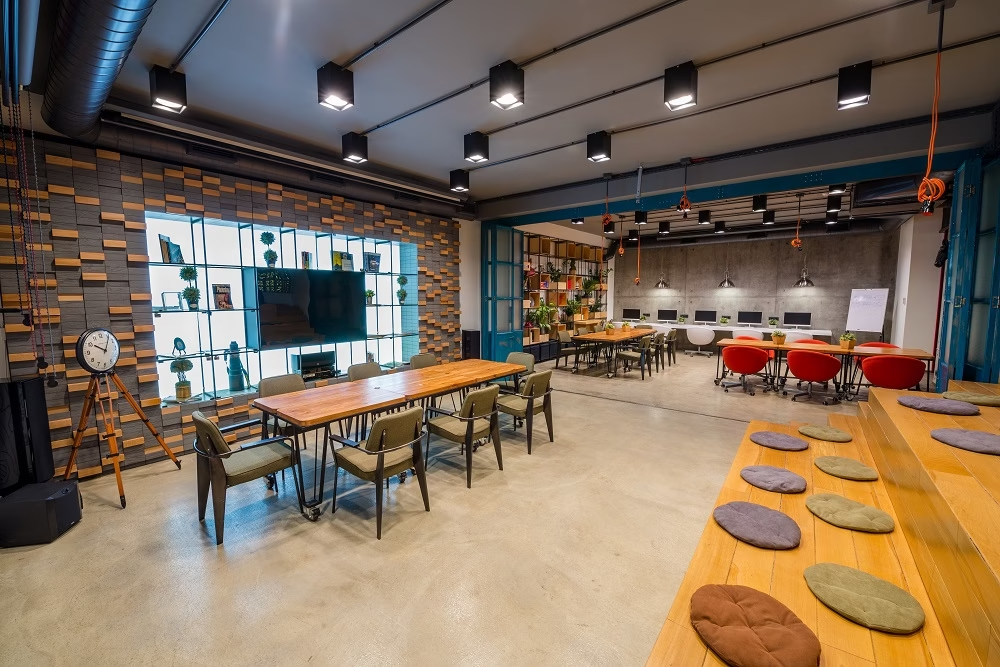
9. Noise Management and Acoustic Design
Noise is one of the biggest distractions in offices. A noisy environment reduces focus and increases stress. Acoustic panels, carpets, and soundproof meeting rooms are design cues that help maintain a quiet atmosphere.
Creating quiet zones or using white noise machines also improves concentration. When employees can control their sound environment, they feel more comfortable and less stressed.
10. Art and Creative Expression
Art adds character and energy to workplaces. Wall murals, paintings, or even motivational quotes can inspire employees and create a positive vibe. Creative design elements remind employees that the workplace is not just about work but also about culture and values.
Displaying local art or employee-created artwork also makes the environment more inclusive and uplifting.
Benefits of Using Positive Design Cues
When companies invest in workplace design, the benefits go beyond aesthetics. Some of the main advantages include:
-
Higher employee morale and happiness
-
Increased productivity and focus
-
Lower stress and fewer health issues
-
Better teamwork and collaboration
-
Improved employee retention
-
Stronger company culture
Happy employees are also more likely to deliver better customer service, which strengthens the business. Workplace culture and environment are deeply connected to employee satisfaction.
Final Thoughts
Design cues may seem like small details, but they have a huge impact on employee morale and happiness. From lighting and colors to plants and break areas, every design choice shapes how employees feel about their work. A well-designed workplace communicates that employees are valued, respected, and cared for.
In today’s competitive world, businesses that focus on employee happiness gain an advantage. When employees are happy, they work harder, stay longer, and contribute more. By using the right design cues, companies can build workplaces that are not only functional but also inspiring, supportive, and joyful.

